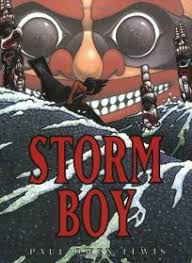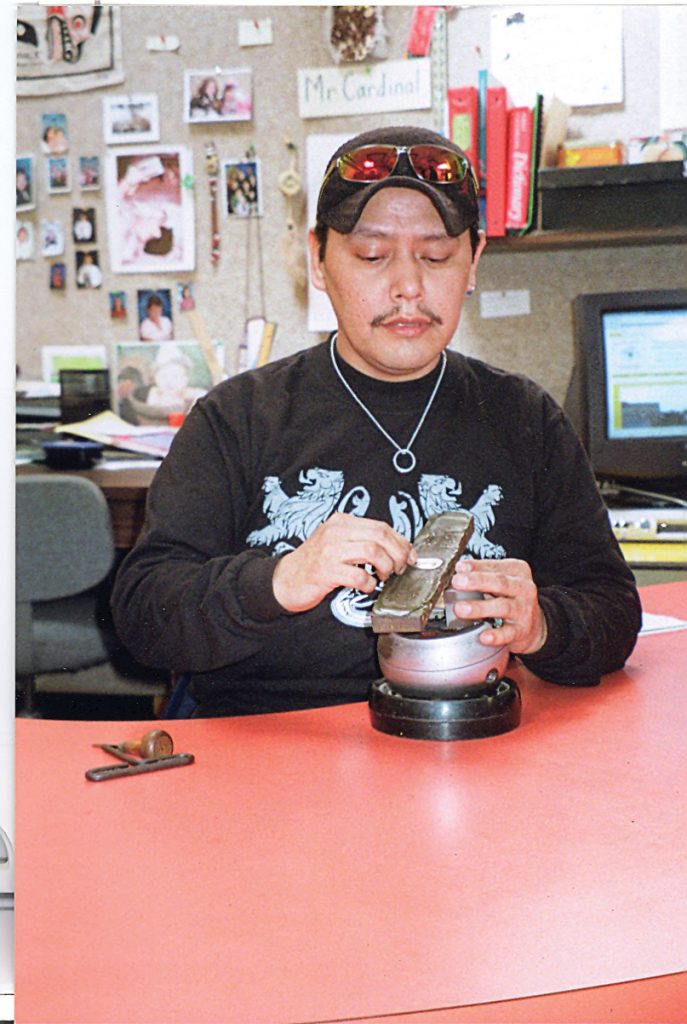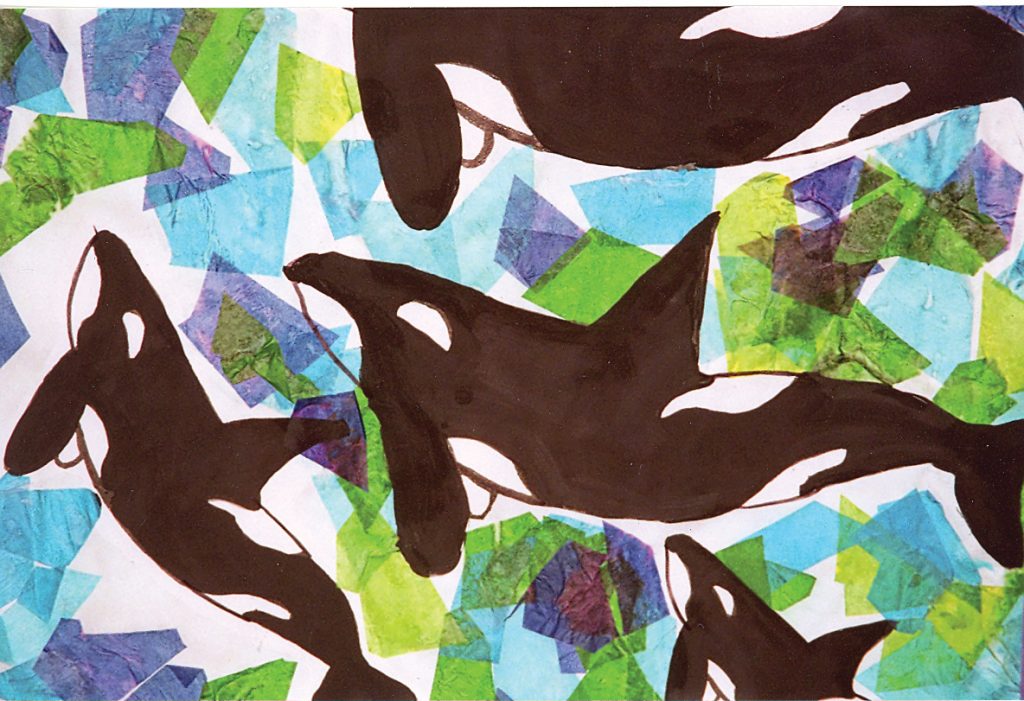For the last five years, our elementary school has engaged in two literacy sequences a year; the first is used as an integrated approach to the September start up, and the second has become a natural way to intergrate curriculum and make connections across the school.
I have a long-held bias towards blending the curriculum areas into a theme (usually linked by a piece of literature) and there is a lot of data that reflects the success of this approach to learning.
“Themes give teachers ways to identify and invite connections between kids and topics, kids and kids, classes and classes, school and community, old knowledge and new knowledge, and process and content. The shared experience of constructing knowledge through a theme gives learners opportunities to connect with one another.” (Building Connections: Making Themes Work by Anne Davies, Colleen Politano and Caren Cameron, 1993).
This is the latest in a series of Planning Department articles that suggest ways to organize school-wide literacy events around a single book title. The previous articles are available online at www.CanadianTeacherMagazine.com. Click on “Articles” and then “Literacy.”
 A chief ’s son went fishing alone, and a terrible storm arose. He soon found himself washed ashore under a strange sky he had never seen before.
A chief ’s son went fishing alone, and a terrible storm arose. He soon found himself washed ashore under a strange sky he had never seen before.
There was a village there. The houses, the canoes, and even the people were very large.
“I am a chief ’s son, and I am lost. A storm has brought me to you,” said the boy. “We know this. You are welcome son of a chief from above,” said one who appeared like a chief himself. And together they entered the largest house of all.
Inside the house was crowded with finely dressed people enjoying a feast. They gave him a blanket to wear and a fish to eat, but the fish was not cut up or cooked. Strange, too, on the walls all around were what looked like killer whales.
After they finished eating, the chief said to the others, “Let us sing a welcome song and invite our guest to join in the dance of our people.
And so begins the adventure of a young Haida boy. Tossed into the sea, in the presence of a pod of killer whales, he passes through the water and enters another world. There he encounters the whales in their human form and is welcomed into their village with ceremony, food and an exchange of gifts (he is taught the orca dances and he teaches them his family dances and songs). At the end of the potlatch the chief senses the boy’s longing for his own home and family. He gives him his staff (shaped like a dorsal fin) and tells him to hold on tightly, close his eyes and picture his home village.
As he did, the boy felt a great surge beneath him, as if he were being carried upwards at greater and greater speed. He kept his eyes closed and held on tight. The motion stopped and the boy opened his eyes. There he was, lying on the beach in front of his very own village!
This book was written and beautifully illustrated by Paul Owen Lewis. As it addressed the learning outcomes in so many areas of the curriculum and for multiple grade levels, our staff thought that it would be a great choice for our next school-wide literacy sequence.
 What Resources Were Needed?
What Resources Were Needed?
Materials
- multiple copies of Storm Boy by Paul Owen Lewis (Beyond Words Publishing, ISBN 1-885223-12-9)
- lesson plans and instructional materials created by the literacy lead teacher and committee
- websites:
www.orcasound.net
www.orca-live.net
http://nature.ca/notebooks/english/orca.htm
People
- literacy committee and lead teacher to co-ordinate events
- music teacher to co-ordinate the final assembly performance
- Solomon Seward, an aboriginal carver to demonstrate his jewellery making skills
What Were Some Of The Highlights Of The Theme?
- During the six week block of time, each class read the story and engaged in the planned school-wide activities. Some classes developed Science and Social Studies units springboarding from the book. The study of myths and legends, researching the orca, life cycles, food chains, and learning about the Haida culture were just a few of these endeavours.
- Solomon Seward spent a day with us. Each class enjoyed a half hour visit with the artist and watched him work in copper, silver and gold.
- Cross Grade Grouping activities: Our school regularly engages in cross-grade group activities. In this case each staff member led a group of K – 7 students in a craft/art activity related to the book. These projects included paintings, collage work, paper button blankets, masks, prints, and whales, whales, whales! These items were on display in our hallways for the duration of the theme.
- An orca button blanket was made from red and black felt and a wide assortment of buttons. Threading the needles proved to be the trickiest part!
- We celebrated the closing of the theme with an assembly at which the grade 3 and 4 students, under the direction of the school’s music teacher, interpreted the book through vignettes involving instrumental music, song and dance.
 Three Literacy Activities That Work For This Book
Three Literacy Activities That Work For This Book
Before Reading
1. Directed Draw and Label Activity Materials
- a class set of Labelled Diagram worksheets
- pictures of orca
- pencils
Goals
The students will:
- access their prior knowledge of the orca
- produce an accurately labelled diagram of the orca
- identify labels, drawings and captions as features of nonfiction text
Process
- Look at and discuss orca pictures or video footage.
- Direct the students’ drawings by modelling on the chalkboard.
- Direct students to label their drawings.
- Have students create a caption for their drawings.
Reflections
- Have students share their drawings with a buddy.
- Ask them to identify the details in their drawings.
2. Key Words and Phrases Activity
Materials
- a class set of the Bullet List of Key Words worksheet
- a class set of printed information on the orca (start with just one topic—appearance, communication, families or behaviour for example)
- class set of highlighter pens
Goals
The students will:
- access their prior knowledge about the orca
- identify key words and phrases in printed text
- summarize information using key words and phrases
Process
- Read aloud the information about the orca, sentence by sentence.
- Guide the students to highlight all the small and repetitive words (and, or, these, etc.) in each sentence.
- Guide the students to identify the remaining words as the key words (to understanding the sentences).
- Have students re-read the text and circle the eight key words that they think are the most significant.
- Have the students share their choices with a partner.
- Give the students time to adjust their thinking and make any alterations to their choices.
- Have students record their choices on the worksheet.
- Have students write a summary sentence for each key word or phrase at the bottom of the sheet.
Reflection
- Have students share their sentences with a partner.
- Have the students give some justification for their choice of key words.
 3. Venn Diagram Activity
3. Venn Diagram Activity
Materials
- a class set of Venn Diagram worksheets
- information about salmon and orca (pictures, video footage, books, websites, etc.)
Goals
The students will:
- gather facts about the salmon and the orca
- establish similarities and differences between these two animals
- recognize the Venn Diagram as a feature of nonfiction text
Process
- Facts about the salmon and orca food chain, life cycles, anatomy, habitat, and behaviour need to be gathered.
- After a study of these two animals is completed, the students show what they have learned by completing a Venn Diagram (in partners, alone or as a group).
Reflection
- Have the students share their diagrams with a partner.
- Have the students add to or change their diagrams.
ABOUT THE AUTHOR
Brenda Boreham
Brenda has been teaching for over 30 years. She uses literature based themes in her classroom and is actively involved in her school and district literacy committees.
This article is from Canadian Teacher Magazine’s September 2010 issue.












